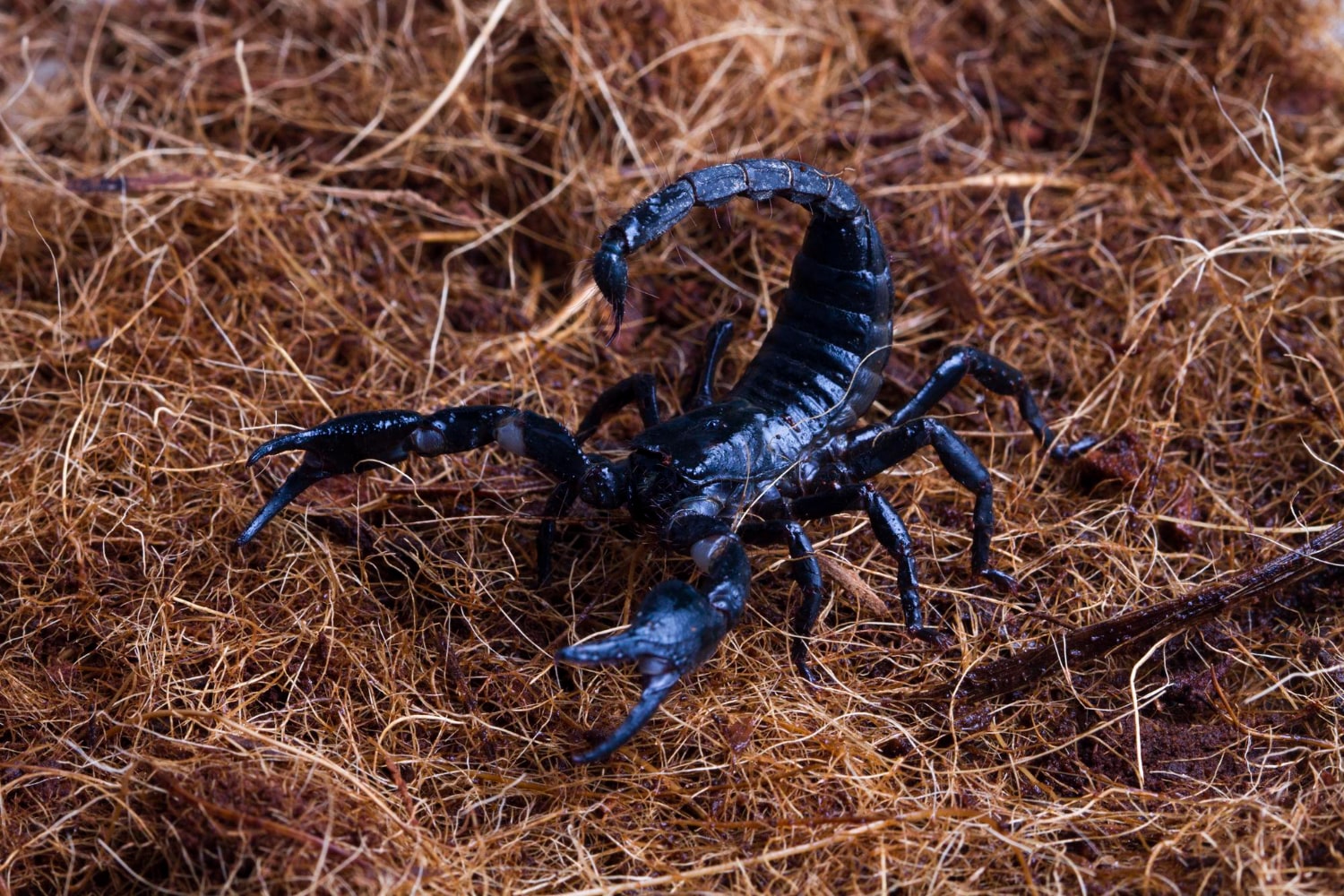Scorpions are among the oldest and most mysterious creatures on Earth, evoking both fear and fascination. They inhabit a wide range of environments across the globe, from deserts and tropical forests to mountainous regions. With remarkable resilience and adaptability, scorpions have survived hundreds of millions of years of evolution. You might not have known that these nocturnal predators possess many unique traits that are of great interest to scientists, doctors, and nature enthusiasts alike. In this article, you’ll discover fascinating and educational facts about scorpions that will change how you see them.
- Scorpions have existed on Earth for more than 430 million years. They appeared long before the dinosaurs and have retained much of their original body structure since then. This makes them one of the most durable life forms on the planet.
- There are over 2500 known species of scorpions, but only around 25 have venom that is dangerous to humans. Most stings cause pain, swelling, or numbness but are not life-threatening. However, people with allergies or heart conditions should take extra care.
- Scorpions have a tough exoskeleton that helps them retain moisture in dry environments. Thanks to this feature, they can survive for several months without food or water. When necessary, they slow down their metabolism and enter a dormant state.
- Their body consists of two main parts: the cephalothorax and the segmented abdomen, which ends in a curved tail with a venomous stinger. The stinger is used both for hunting and defense. Some species can control the amount of venom they inject depending on the situation.
- Scorpions are nocturnal hunters that feed on insects, spiders, and small vertebrates. They use sensory hairs on their legs and body to detect vibrations and movement. This allows them to locate prey and threats even in complete darkness.
- Scorpion eyes do not provide sharp vision. They usually have multiple pairs of eyes that detect light rather than detailed images. As a result, they rely heavily on touch and vibration to navigate their surroundings.
- All scorpions glow under ultraviolet light. Their exoskeleton contains compounds that emit blue or green fluorescence when exposed to UV rays. Biologists use this feature to locate scorpions in the wild during field studies.
- Female scorpions do not lay eggs but give birth to live young. After birth, the tiny scorpions climb onto their mother’s back and stay there for several days. This is one of the rare examples of parental care among invertebrates.
- Scorpions molt several times during their life to grow and shed their old exoskeleton. This process is dangerous because their body is soft and vulnerable until the new exoskeleton hardens. They typically reach adulthood after five or six molts.
- Some species of scorpions can reproduce without a male through a process called parthenogenesis. In such cases, the female gives birth to viable offspring without mating. This helps them quickly colonize new environments.
- Scorpion venom is a complex mixture of enzymes, proteins, and neurotoxins. The composition varies by species and can have paralyzing, analgesic, or immunosuppressive effects. Modern medicine is studying scorpion venom to develop new painkillers and treatments for autoimmune diseases.
- In ancient cultures, scorpions were often considered sacred animals. In ancient Egypt, they symbolized protection, and the goddess Selket was depicted with a scorpion head. In India and China, scorpions were associated with strength and magic.
- Scorpions are found on every continent except Antarctica. They have adapted to a wide variety of habitats, from sandy deserts to tropical rainforests and rocky mountains. The greatest diversity of species is found in warm climates.
- Some scorpions can grow to impressive sizes. For example, the emperor scorpion from tropical Africa can reach up to 20 centimeters in length. Despite its fearsome appearance, its venom is relatively mild.
- Scorpions have many natural predators, including birds, lizards, snakes, and large spiders. However, their tough body, venom, and adaptability make them one of the most successful terrestrial predators. Some species can even survive short-term freezing or high radiation levels.
These incredible and interesting facts about scorpions reveal that they are far more than just dangerous creatures. They showcase the wonders of adaptation, survival, and biological diversity. Scorpions remain a subject of scientific fascination and cultural symbolism. The more we learn about them, the more we appreciate the complexity and brilliance of nature.





